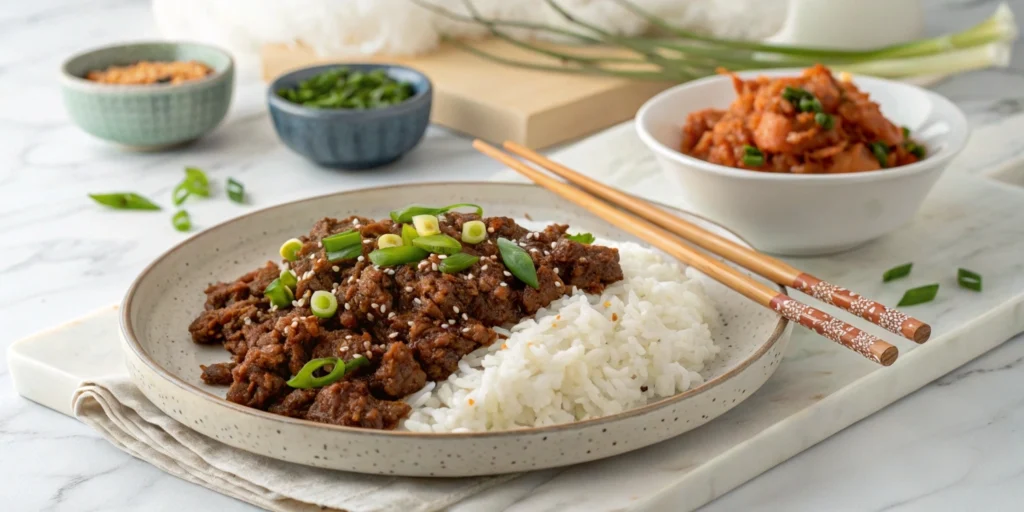
Table of Contents
Korean cuisine is a beautiful blend of bold flavors and heartwarming traditions, and ground beef bulgogi—불고기 in Korean—is no exception. Passed down through generations, this dish is a staple in many homes, cherished for its versatility and rich taste. My journey with this dish began in my grandmother’s kitchen, where her recipe notebook, worn from years of use, became my guide. Today, I’m excited to share six transformative tips that will elevate your ground beef bulgogi to the next level.
1. Choose the Right Beef for Perfect Texture
The texture of ground beef bulgogi makes or breaks the dish. Selecting the right cut and fat content ensures a flavorful and satisfying result.
- Lean Ground Beef (85/15 or 90/10): This ratio balances flavor and reduces excess grease.
- Alternative Options: If you prefer something lighter, try ground turkey, chicken, or even plant-based ground meat.
- Pro Tip: Freeze the meat for about 15 minutes before cooking. This trick helps it firm up, making it easier to handle during preparation.
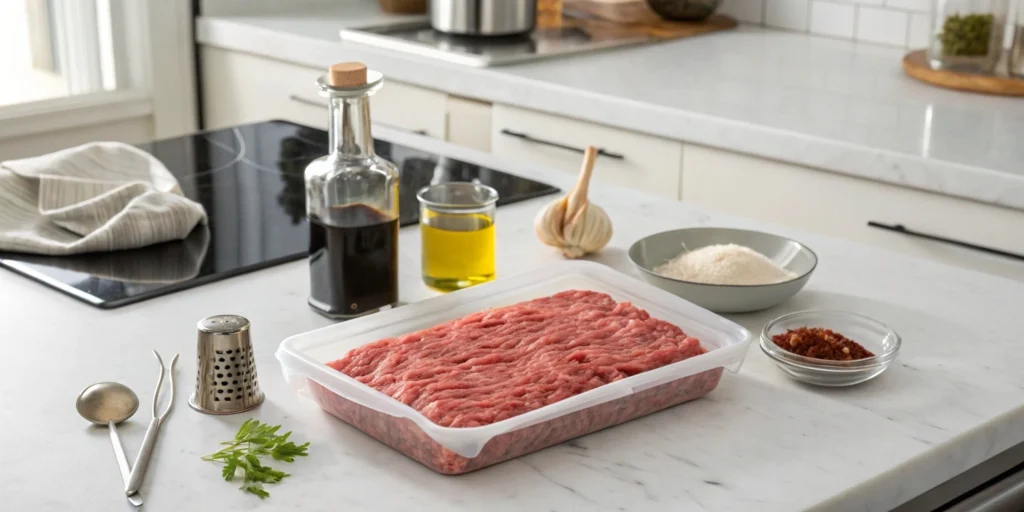
Why It Matters
The balance of fat and lean meat not only affects the flavor but also determines how well the beef absorbs the marinade. Ground beef with too much fat can result in a greasy dish, while meat that’s too lean may end up dry.
2. Marination Magic: Unlock Bold Flavors
Marinating is the soul of bulgogi. The combination of soy sauce, garlic, and other Korean pantry staples creates a harmony of sweet, salty, and savory flavors that defines the dish.
Essential Marinade Ingredients:
- Soy Sauce (3 tbsp): For depth of flavor. Choose low-sodium if you’re watching your salt intake.
- Sesame Oil (1 tbsp): Adds nutty richness.
- Grated Pear (1/4 cup): A natural tenderizer and sweetener.
- Minced Garlic (3 cloves): The foundation of Korean cuisine.
- Grated Ginger (1/2 tsp): Offers a subtle zing.
- Honey or Brown Sugar (1 tbsp): Enhances sweetness.
Marination Tips
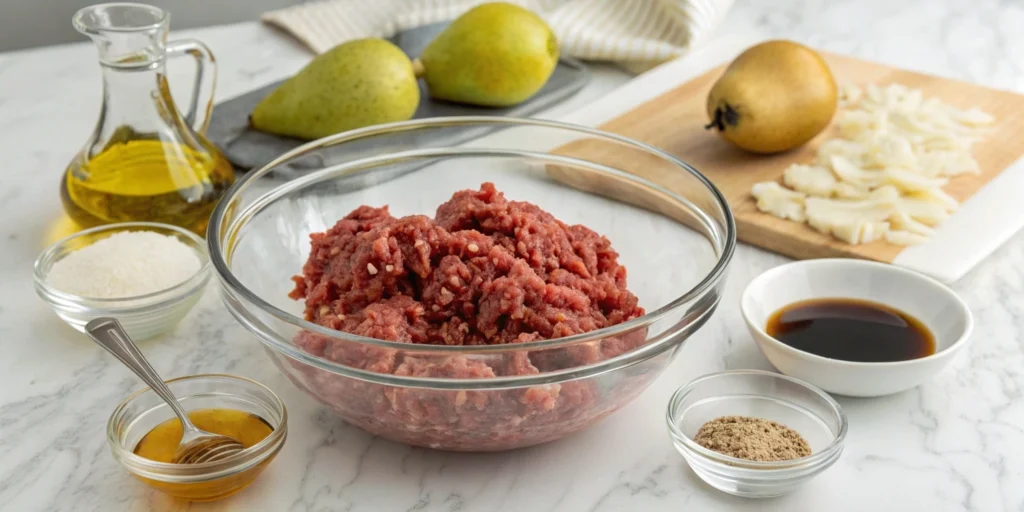
- Timing Is Key: Let the ground beef sit in the marinade for at least 30 minutes. For deeper flavor, refrigerate it overnight.
- Balance Sweetness and Saltiness: If you prefer less sweet bulgogi, reduce the honey or sugar slightly.
Marination doesn’t just flavor the beef; it tenderizes it. Grated pear, a classic addition in Korean cooking, works wonders in breaking down the proteins while enhancing the sweetness naturally.
3. Perfect Your Cooking Technique
The way you cook your ground beef bulgogi significantly impacts its texture and taste. Achieving that perfect caramelized crust while retaining juiciness requires attention to detail.
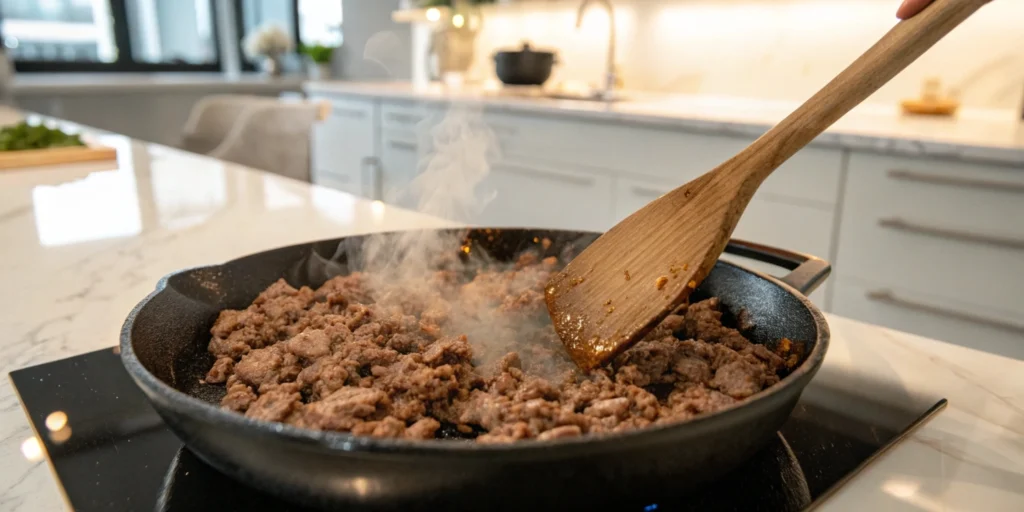
Cooking Tips:
- High Heat, Quick Cook: Use medium-high heat to sear the beef and create those slightly crispy edges.
- Don’t Overcrowd the Pan: Cook in batches if needed. Overcrowding leads to steaming instead of browning.
- Deglaze for Flavor: Add a splash of water or stock to lift the browned bits from the pan and incorporate them into the dish.
By stirring the beef frequently and allowing it to rest briefly for browning, you’ll create layers of texture and flavor. A cast-iron skillet or wok works best for even cooking.
4. Enhance with Fresh Add-Ins
While ground beef bulgogi is delicious on its own, adding vegetables elevates it to a balanced, colorful dish.
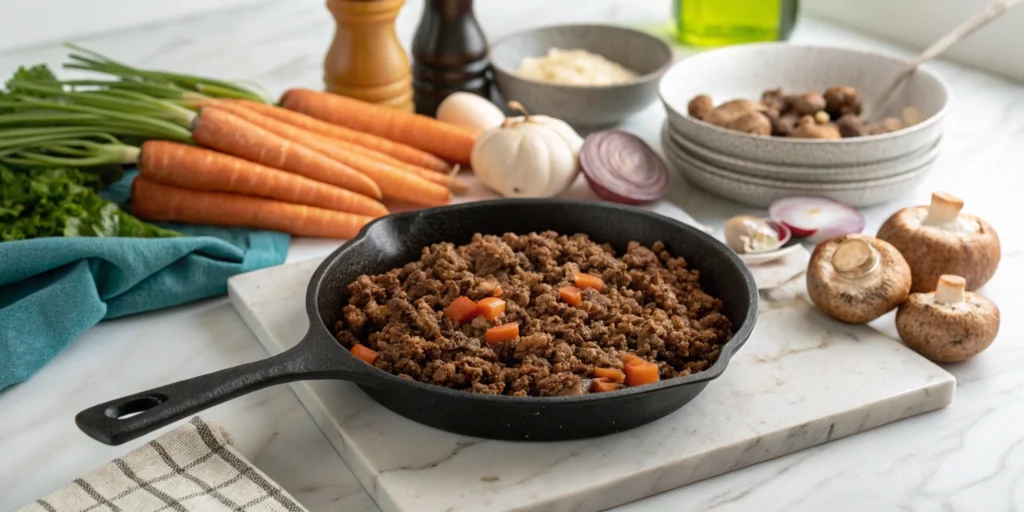
Popular Add-Ins:
- Julienned Carrots: Adds sweetness and crunch.
- Sliced Onions: Enhance the savory profile.
- Shiitake Mushrooms: A meaty, earthy addition.
- Spinach or Bok Choy: Incorporates leafy greens for added nutrients.
These vegetables not only add flavor but also enhance the dish’s nutritional value. Sauté them alongside the beef or mix them in raw for a different texture.
5. Pairing Perfection: Create a Balanced Meal
Ground beef bulgogi is versatile, making it easy to pair with various sides for a complete meal.
Best Serving Options:
- Steamed Rice: A classic pairing that balances the bold flavors of bulgogi.
- Quinoa or Cauliflower Rice: Healthier alternatives for those watching their carb intake.
- Lettuce Wraps: Perfect for a light, refreshing twist.
- Korean Banchan (Side Dishes): Serve with kimchi, pickled radishes, or spicy cucumber salad for an authentic experience.
To elevate your bulgogi meal, try topping it with a fried egg or adding a drizzle of gochujang (Korean chili paste) for heat.
6. Make It Your Own: Creative Variations
Ground beef bulgogi is incredibly adaptable, lending itself to a range of creative dishes.
Fusion Ideas:
- Bulgogi Tacos: Swap the tortillas for lettuce wraps or serve in soft taco shells with a dollop of spicy mayo.
- Bulgogi Sliders: Use the beef as a patty, topped with pickled onions and kimchi.
- Bulgogi Pizza: Spread the cooked beef over a thin crust with mozzarella and drizzle sesame oil post-bake.
Customizing your bulgogi allows you to experiment with flavors and presentation, making it a dish that’s never boring.
FAQs About Ground Beef Bulgogi
Q: What makes bulgogi different from other stir-fried dishes?
A: Bulgogi is defined by its marinade, which balances savory, sweet, and umami flavors. Grated pear or apple is a unique tenderizer that sets it apart.
Q: Can I use frozen ground beef?
A: Yes, but ensure it’s thawed completely before marinating for even flavor absorption.
Q: What’s the best way to store leftovers?
A: Once the bulgogi has cooled, store it in a sealed container in the refrigerator for no longer than three days. Reheat in a pan over low heat to retain moisture.
Q: Is ground beef bulgogi gluten-free?
A: Use tamari instead of soy sauce to make the dish gluten-free.
Conclusion
Ground beef bulgogi isn’t just a meal—it’s a connection to Korean culture, flavors, and history. By following these six game-changing tips, you can turn a simple recipe into a culinary masterpiece. Whether you’re sticking to tradition or adding your own creative flair, the possibilities are endless.
So, grab your skillet, marinate that beef, and let your kitchen be filled with the aroma of garlic, sesame, and sizzling goodness. Share your ground beef bulgogi journey with friends and family, and watch this dish become a staple in your home.
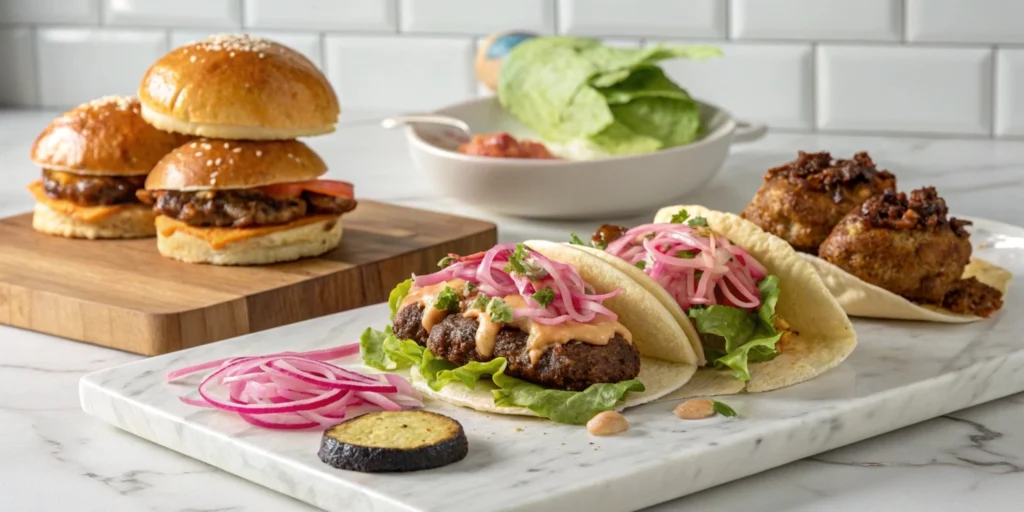
Have you tried making ground beef bulgogi? Share your favorite tips or twists in the comments below! Don’t forget to subscribe for more Korean-inspired recipes that bring tradition and innovation to your table.
